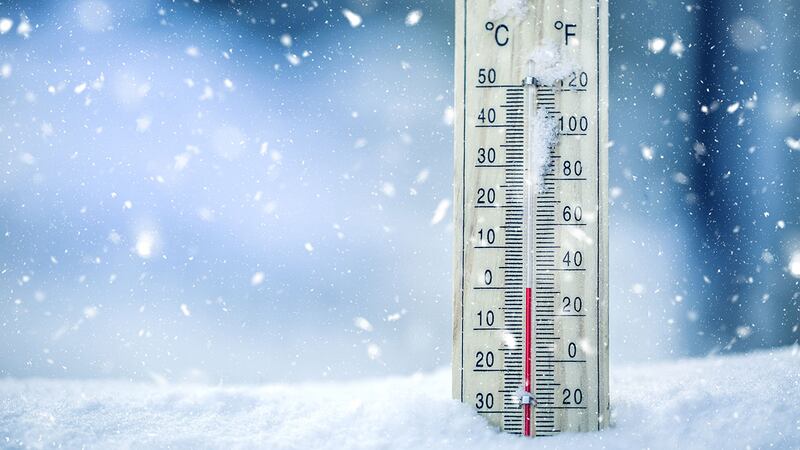What is wind chill?
When you hear your local meteorologist talk about wind chill, he or she is referring to how cold your skin feels when you are out in winter weather when the wind is factored in.
In other words, wind chill is a measure of how much colder you feel when the wind is blowing on you.
How is wind chill determined?
Wind chill is a measurement of how quickly a person loses heat when it is cold. It's an equation that uses temperature and wind speed. Click here to see a wind chill chart.
Why is wind chill a factor?
You have a thin layer of warm air just above your skin. When you are in the cold and the wind starts to blow, that thin layer is stripped away. The more wind, the more you feel cold because you are losing heat from your body.
Why are we warned about wind chill?
Wind chill means you get colder faster. If there is an extremely low wind chill factor, you are at greater risk of developing frostbite and hypothermia.
What are the dangers of wind chill?
Wind chill increases your risk of developing frostbite or hypothermia.
Frostbite is a death of tissue in your extremities – fingers, toes, nose, earlobes – that happens when those body parts are exposed to freezing temperatures for a period of time.
Your body cuts circulation to your extremities when temperatures drop to critical levels to protect your internal organs. The lack of circulation leads to the death of the tissue.
Hypothermia happens when your core body temperature drops. Your core body temperature is usually around 98.6 degrees Fahrenheit. If your core body temperature drops to below 95 degrees, you are considered “hypothermic,” or suffering from hypothermia.
If you are hypothermic, you are losing body heat. Normally, the heart and liver produce the majority of your body’s heat. But if your core body temperature is cooling because of exposure to cold weather, the activity of the heart and liver slow down to preserve heat and protect the brain. This can lead to organ shutdown and death as you get colder. This can happen rather quickly.
What can you do to protect yourself?
To protect yourself from frostbite and hypothermia, The National Weather Service offers these tips:
- Dress in layers
- Wrap up well when going outside in the cold
- Avoid breezes and drafts indoors
- Eat nutritious food and wear warm clothes to ward off winter chill
- Wear a warm hat in the winter
- Eat hot foods and drink warm drinks several times during the day
- If you live alone, ask a family member or neighbor to check on you daily
What about my pet?
Animals, like humans, are in danger of frostbite and hypothermia in cold weather conditions. Bring in your pets when the weather is dangerously cold. They, too, can die from exposure to cold weather.
Remember, if you're cold, they're cold. Some furry friends of the NWS are here to remind you that unless your pets are tauntons, bring them indoors and keep them warm during this dangerous arctic outbreak.https://t.co/Bsd01VTJMo pic.twitter.com/NwHWZHJ8Gx
— NWS (@NWS) January 28, 2019
Cox Media Group






